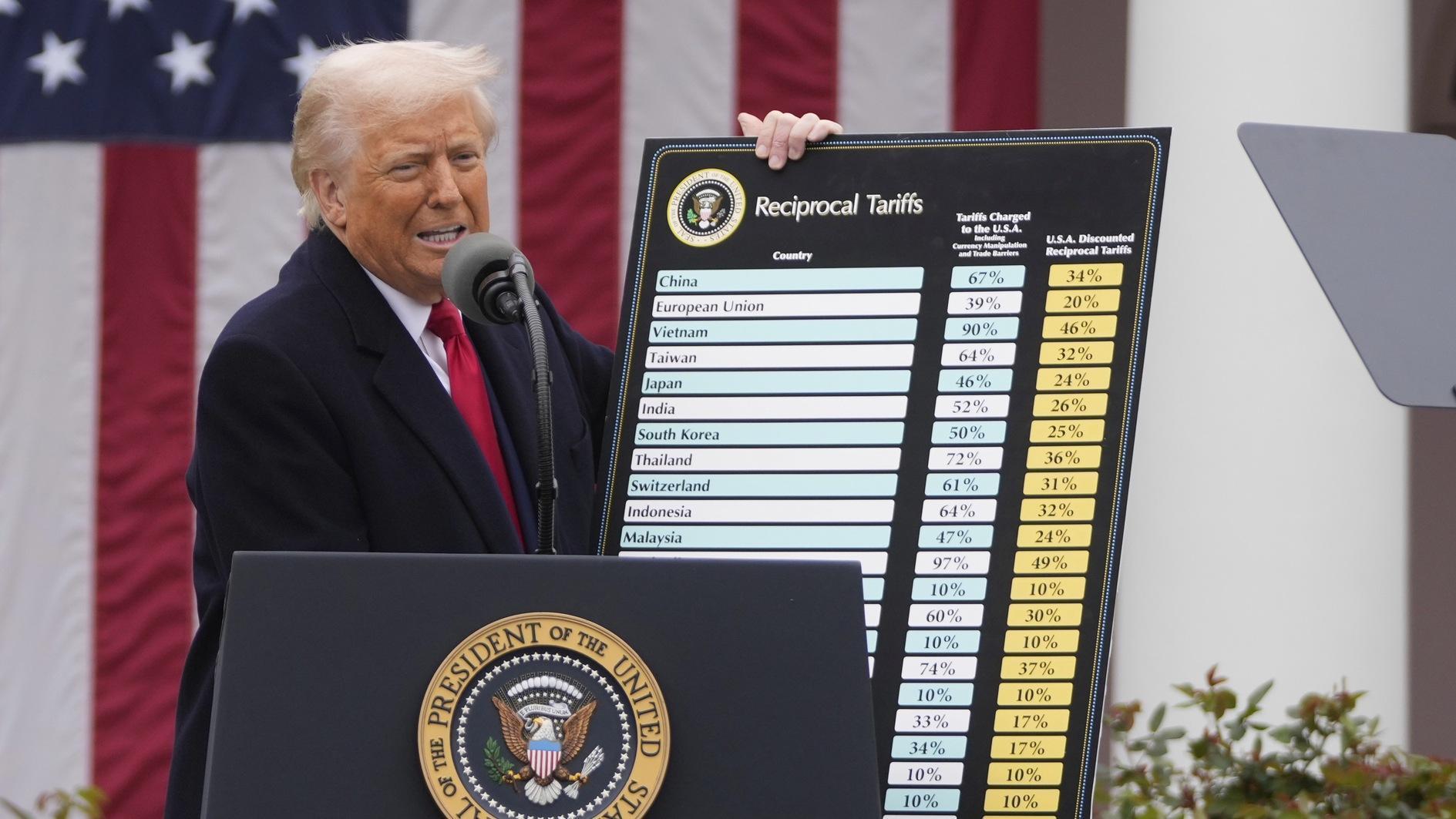German output figures in March show impact of Ukraine war
FRANKFURT

German factory output fell in March, official figures published on May 6 showed, as Europe’s economic powerhouse registered the impact of the Russian invasion of Ukraine.
Production was down by 3.9 percent on the previous month, according to the federal statistics agency Destatis, having risen for five months in a row.
The figure was the steepest drop since the beginning of the coronavirus pandemic in April 2020, when production fell by 18.1 percent from March 2020.
As a result of the coronavirus crisis and the war in Ukraine, many companies are struggling to fulfil orders because of “interruptions in supply chains”, Destatis said in a statement.
The outbreak of the conflict has “severely muted” German industry, the economic ministry said in a statement.
The traditional export-strong economy is “disproportionately affected by trade sanctions against Russia” in response to the invasion, the ministry said.
Rising energy prices as a result of the war and shortages of “important inputs” from Ukraine have added to the challenges faced by industry, it added.
The latest data was “more bad news” for Germany, after exports and industrial orders also experienced sharp drops in March, said Carsten Brzeski, head of macro at ING bank.
“The three pillars of Germany’s successful economic business model, exports, industry and energy, have become Germany’s Achilles’ heel,” he said.
The combined weight of the war and rolling coronavirus lockdowns in key market and manufacturing centre China were liable to produce “a contraction of the German economy in the second quarter”, Brzeski added.
Broken down, output of capital goods, used in production, saw the steepest drop, falling by 6.6 percent in March.
Production of intermediate goods fell by 3.8 percent, while the output of consumer goods saw a more modest dip of 1.5 percent.
















